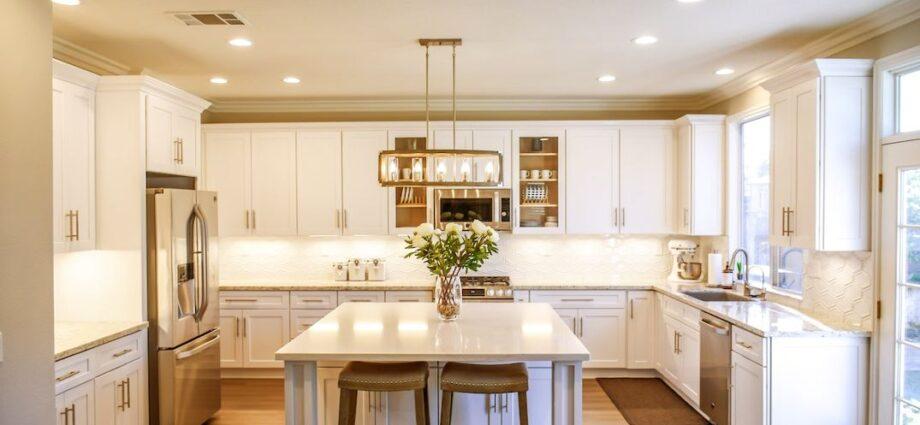The five Scandinavian countries that contributed to Scandinavian design are Denmark, Norway, Sweden, Finland, and Iceland.
It is a style of design that became popular in the 1950s when Scandinavian designers were first awarded the Lunning Prize, but it was present for years before that. The Scandinavian style focuses on the simple things, characterized by its minimalism and functionality. It applies to furniture and aspects of interior design, like color schemes and home structures.
Today, Scandinavian design continues to be one of the more popular styles, especially since the ever-popular IKEA heavily leans on the style.
There are many different aspects of Scandinavian style to grow familiar with; the more important and common components are listed below.
Minimalism
One of the characteristics of Scandinavian style is minimalism. Its design focuses on simplicity and functionality, and there is very little clutter found in homes with this style. The inspiration for this characteristic comes from Scandinavian homes, which were once constructed to be small spaces. Because of these small sizes, Scandinavians did not have the space for extra pieces of furniture or decorations, and they had to use what space they had. There is a lot of emphasis on function over form, so pieces are not just pretty to look at but also serve a function.
Nature Inspired
There is an intense love of nature that Scandinavian style emphasizes, and in this style, nature is included in some way.
Large, open windows bring nature a little closer to home, and they encourage more natural light to seep in. There is also the usage of natural cors, like brown, amber, and varying shades of green.
Bringing in plants is another way to bring nature into the home. Potted plants, like bromeliads, snake plants, succulents, aloe, lavender, spider plant, and peace lily, are very easy to care for and bring beautiful, vibrant colors into a room. Natural elements, like twigs, wood, leaves, and pinecone, can also be used as decorations to give a space a woodsy feel.
Texture
Scandinavian countries experience colder climates than most, which is why they incorporate many different textures into their homes. These textures, like wool, mohair, and sheepskin, help to bring warmth into the home and add to the aesthetic.
Color Palette
The Scandinavian style follows a fairly neutral color palette to brighten up the spaces in the absence of natural light. Other colors are brought into a home in earthy hues and other nature-inspired shades, which are shown through the small scattering of plants, decor, and furniture accents.
There is also a darker color palette that is used in Scandinavian style, with colors like dark onyx, charcoal, and gray.
Balance
One of the qualities of Scandinavian style is balance. The word used is “lagom,” and essentially, it means not too little, not too much. It is the balance between being minimalist but also being cozy, which is another important aspect of Scandinavian style. There is a lot of emphasis on comfort, which can be seen through sheepskins, layered rugs, and different textiles, as well as the presence of candles and fireplaces.
Still, there is such a thing as too much, so it’s important to be minimalistic when incorporating these cozy elements into your home.
Sustainability
Scandinavian-inspired real wood furniture is the common furniture options in this style. Wood is one of the most sustainable options for furniture because it can be refinished and re-stained to improve its appearance and increase its longevity. Scandinavian-inspired wood furniture has top-quality craftsmanship, and it can be used for decades because of its strength and durability.
The main thing you need to know about Scandinavian style is it is customizable; there are endless ways its characteristics and furniture can be incorporated into your home.
